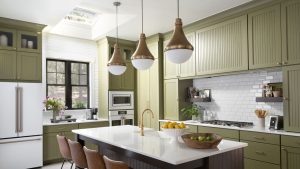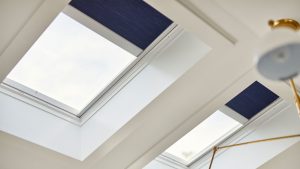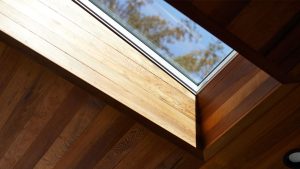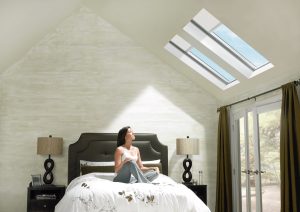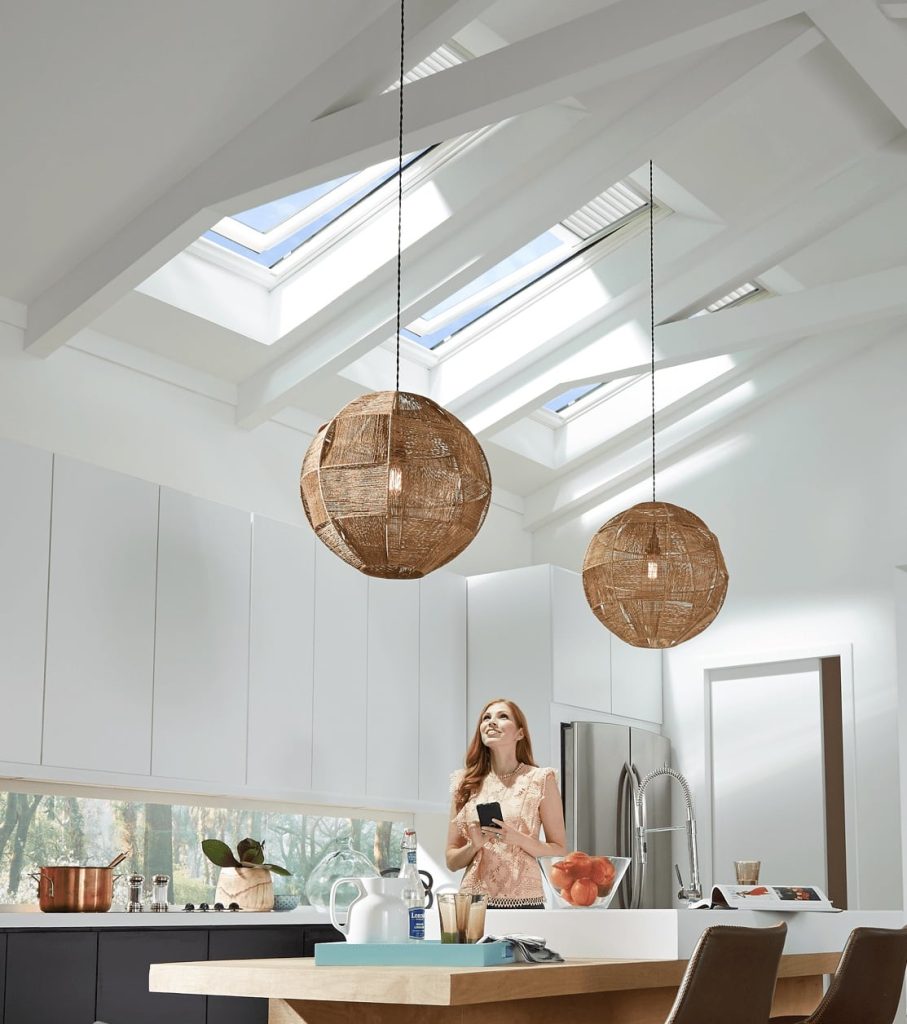
If installed properly and strategically, skylights are an energy-efficient way to add natural light to your home and save money on your energy bill.
Why Skylights are Energy Efficient
Passive Lighting
Passive lighting means using sunshine through skylights or windows to brighten the interior of your home, instead of relying on electrical lighting for daily activities. By keeping the lights off and relying on natural light, you can save on your electric bill.
In northern locations, passive lighting can also help reduce wintertime heating costs because sunshine through windows and skylights creates heat inside. In the summer, skylights can utilize remote-controlled shades that diffuse sunlight to prevent overheating.
Passive Ventilation
Passive ventilation allows a home to create airflow without turning on a mechanical system powered by electricity. Sometimes passive ventilation is called the stack effect or chimney effect, and here’s how it works.
When you open a skylight on the roof and a window below, the hot air that rises and accumulates at the ceiling escapes, while cooler air is drawn in through the window below. Venting skylights expel that hot air automatically when they open.
Passive ventilation allows air to flow through a room without turning on your AC. The natural breeze brought by the venting skylight makes a stale room feel more comfortable by expelling that hot air that rises to the ceiling.
Solar Power
Solar-powered skylights are a great way to incorporate passive lighting and ventilation in your home because they require no electricity and are self-sufficient in operation.
Solar skylights can automatically open and close using a self-contained solar cell and an internal battery that powers the skylight. You do not need any electric wiring in your home racking up the energy bill.
In addition to being self-sufficient, solar-powered skylights allow you to take advantage of a federal solar tax credit based on the cost of the products purchased and installation. This can save you money while being energy efficient.
Best Location for a Skylight
In order to best optimize the energy savings of a skylight, you need to be mindful of where you install it in your home. Here are some things to know when deciding on your skylight’s placement:
Direction of the Skylight Relative to the Sun
- South-facing skylights provide the most direct sunlight throughout the day. A full day of direct sunlight is great for solar-powered skylights and if you live in a cold environment. But if you live in a warmer climate, you may want to consider a different option.
- North-facing skylights provide the most consistent amount of sunlight without creating a harsh glare or heat. These are great for homes that in climates that have all four seasons.
- East-facing skylights will get you direct sunlight in the morning as the sun is rising. Installing your skylight facing east is a great option as it stores your solar battery and lets in the soft morning sun
- West-facing skylights are similar to south-facing skylights as they bring in sunlight from the hottest time of the day.

